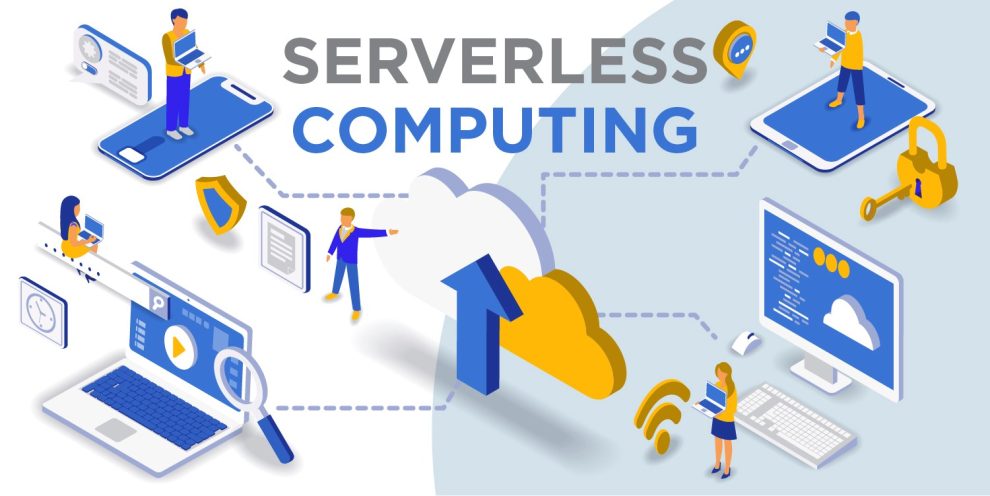The cloud transformed how we build and deploy applications, but even it has its limitations. Servers, despite their flexibility, introduce complexities like scaling, maintenance, and cost management. Enter serverless computing, a cloud-based execution model that promises to revolutionize how we develop and host scalable applications.
What is Serverless Computing?
Serverless computing, despite its name, doesn’t eliminate servers entirely. Instead, it abstracts away their management, allowing developers to focus solely on writing code and defining application logic. The cloud provider dynamically allocates and manages server resources to run your code only when needed, eliminating the need for manual provisioning and scaling.
Benefits of Serverless Computing:
- Scale on demand: Serverless applications automatically scale up or down based on traffic, ensuring optimal performance and avoiding overprovisioning. This leads to significant cost savings, as you only pay for the resources you use.
- Faster development: No server management means less complexity and faster development cycles. Developers can focus on writing application logic without worrying about infrastructure.
- Increased agility: Serverless applications are easily deployed and updated, making them ideal for rapidly changing requirements and iterative development.
- Improved operational efficiency: No more server patching or maintenance! Serverless eliminates operational overhead, freeing up IT teams for more strategic tasks.
What Can You Build with Serverless?
Serverless is versatile and can be used for various applications, including:
- API gateways and backend services: Build APIs and microservices that are highly scalable and cost-effective.
- Event-driven applications: React to events like file uploads, social media mentions, or sensor data changes in real-time.
- Serverless workflows: Automate complex workflows involving multiple services and data sources without managing servers.
- Mobile backends: Build scalable and efficient backends for mobile apps.
Challenges and Considerations
While promising, serverless computing also comes with challenges:
- Vendor lock-in: Serverless applications are tied to the specific cloud provider’s platform, making switching to another vendor difficult.
- Cold start overhead: Serverless functions incur a cold start time when invoked for the first time, which can impact performance for infrequent calls.
- Debugging and cost monitoring: Debugging and monitoring serverless applications can be challenging due to their distributed nature. Understanding and optimizing costs requires careful planning.
The Future of Serverless Computing
Serverless computing is still in its early stages, but its potential is vast. As the technology matures and overcomes its challenges, we can expect even wider adoption and integration with other cloud services. Serverless will likely become the go-to option for building scalable and cost-effective applications, accelerating development and enabling a new era of innovation.
Conclusion
Serverless computing is not just a fad; it’s a fundamental shift in how we think about building and deploying applications. By embracing serverless, developers can unleash their creativity, build applications faster, and scale seamlessly, paving the way for a more agile and efficient future of software development.
















Add Comment